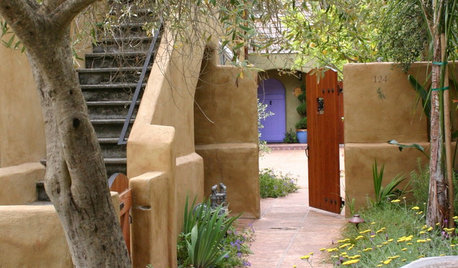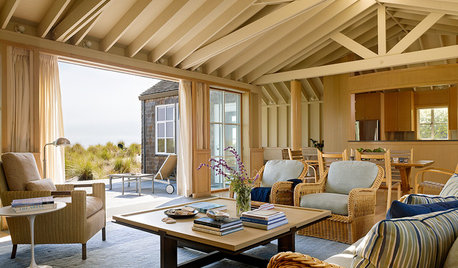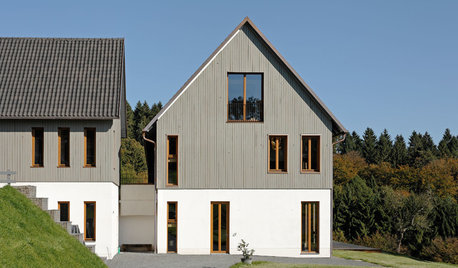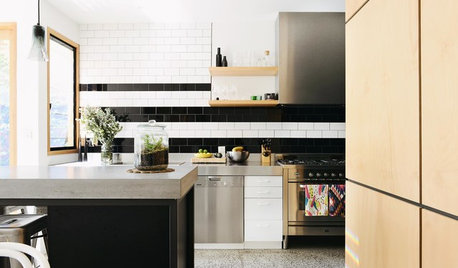Can terra cotta balls be substituted for hydrotons?
hem_krish
14 years ago
Related Stories

GARDENING AND LANDSCAPINGLay of the Landscape: Mediterranean Garden Style
Earthy, lush and warmly welcoming, a Mediterranean garden can thrive in any warm-climate landscape with a few adaptations
Full Story
HEALTHY HOME16 Ideas for a Healthy, Feel-Good Home
Making these small tweaks and bigger shifts at home can help you thrive everywhere you go
Full Story
GARDENING GUIDESTop 12 Summer-Blooming Perennials for Deer-Resistant Drama
Can you have garden color, fragrance and exciting foliage with hungry deer afoot? These beauties say yes
Full Story
EXTERIOR COLORExterior Color of the Week: 7 Ways With Warm Gray
See why this hue can be the perfect neutral for any house
Full Story
DECORATING GUIDESNo Neutral Ground? Why the Color Camps Are So Opinionated
Can't we all just get along when it comes to color versus neutrals?
Full Story
CONCRETEWhy Concrete Wants to Crack
We look at the reasons concrete has a tendency to crack — and what you can do to help control it
Full Story
ROOFSWhat to Know Before Selecting Your Home’s Roofing Material
Understanding the various roofing options can help you make an informed choice
Full Story
COLORTake a Slice From Psychology to Use Orange Better
Get the scoop on this attention-seeking hue and learn how it can bring a refreshing zing to your interiors — and your spirit
Full Story
COLORHow to Add Just the Right Amount of Dramatic Black
Done right, black can add punch and personality to just about any room. Here’s how to go over to the dark side in style
Full Story
COLOR10 Pair-Ups for Black in the Kitchen
Combine black with other colors to add drama, polish and modernity. It also can make a kitchen look more spacious
Full StoryMore Discussions






grizzman
jean-luc
Related Professionals
Forest Acres Landscape Architects & Landscape Designers · Parole Landscape Architects & Landscape Designers · Suffern Landscape Architects & Landscape Designers · San Juan Landscape Architects & Landscape Designers · Washington Landscape Architects & Landscape Designers · Edmond Landscape Contractors · Anderson Landscape Contractors · Braintree Landscape Contractors · Camp Verde Landscape Contractors · Clayton Landscape Contractors · La Mirada Landscape Contractors · Oakland Landscape Contractors · Olympia Landscape Contractors · Raleigh Landscape Contractors · Wareham Landscape Contractorsjean-luc
joe.jr317
joe.jr317
jean-luc
gringojay
jean-luc
jean-luc
jed_building_bridges_gmail_com